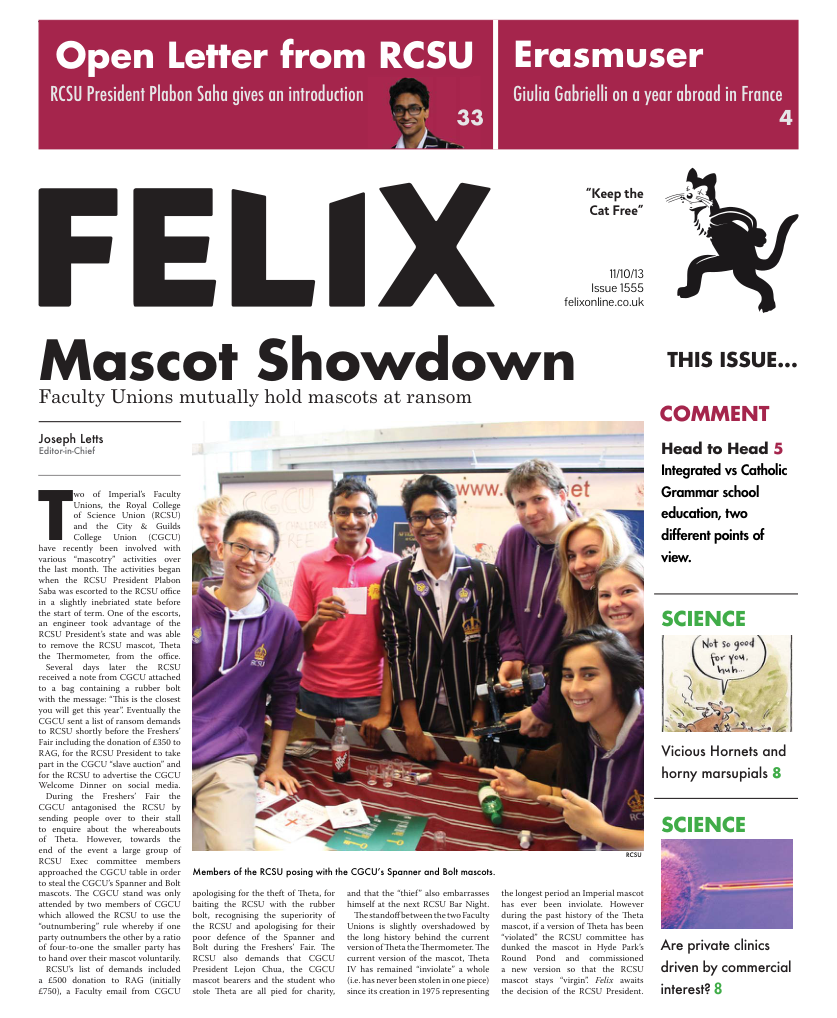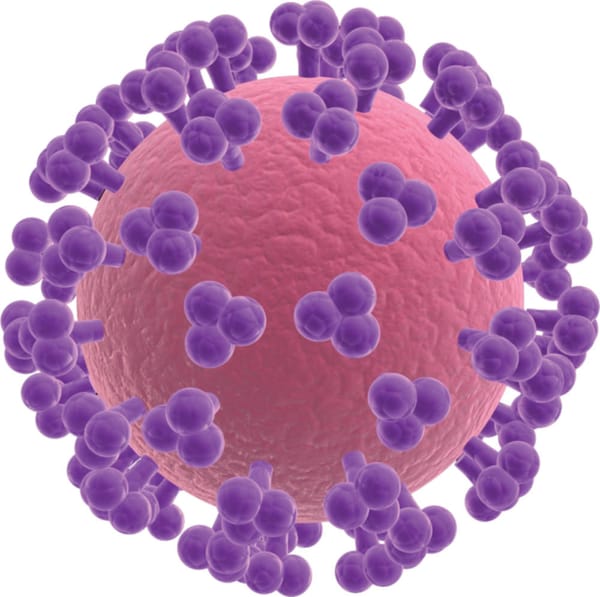Hype, hope and headlines
The relationship between scientists, the media and the public is fraught with the dangers of miscommunication and exploitation. The question of where the responsibility must lie when a patient becomes a victim is not easily answered. This is particularly true of fertility research, an area that...

The relationship between scientists, the media and the public is fraught with the dangers of miscommunication and exploitation. The question of where the responsibility must lie when a patient becomes a victim is not easily answered. This is particularly true of fertility research, an area that touches on one of the most profound aspects of all our lives.
While some of us may be more impatient than others for the dawn of quantum computing, the wait is unlikely to have any personal cost. The same is not true of fertility research where the cost is the chance of parenthood and the temporal window is not even a lifetime, but the reproductive cycle of a woman. New technologies can take decades to be developed from concept to finished product, for some families waiting for the gold standard of proof in clinical trials, randomized controlled testing, this is not an option. The urgent nature of fertility treatment demands a more nuanced evaluation of evidence. The question is then, who is responsible for this? Should scientists and doctors withhold unproven results? Is it the role of a science journalist to identify bad research? Or is the patient ultimately responsible for their own decisions?
Some argue that all scientific research should be open access, we shouldn’t patronise the public through censorship. The minimum requirement is factual, well referenced reporting. It is the patient’s role to undertake their own research and weigh up evidence against potential risk and cost utilising public guidelines such as those issued by NICE (National Institute of Health and Care Excellence). However it is doctors who have the access to treatments and the expertise to best advise their patients, putting them ultimately in the position of power. An uncomfortable tension then arises between scientific integrity and good business. Is it exploitative for a clinician to offer an expensive but unproven treatment to a desperate family? Or for a research group to portray their results in a favourable light in order to garner more funding?
What’s more private clinics driven by commercial interest offer many treatments unavailable on the NHS. This creates a consumer-led industry that knocks scientific progress off course, to the detriment of future generations. If the newest treatments can always be demanded, there is no body of patients to undertake large clinical trials and evidence for existing treatments will get weaker and weaker. There is a disjuncture between the conception of the general public of science as an orthodox body of knowledge and the reality that clinical trials are extremely sensitive and interpreting results is not straightforward. Journalists, hungry for heart-pounding stories of miracle babies and with deadlines to meet, often widen rather than resolve this gulf. A good science journalist must take some responsibility, as mediator between expert and lay person, to report tentative results with caution. It is perhaps the duty of the science writer to report all progress, however incremental. But small steps can too often translate as a ‘breakthrough new technology’ in print.
These issues were all discussed at a recent debate held by PET, the Progress Educational Trust, who seek to influence policy on ethical issues in science. The debate concluded that accountability must be held by all in the information stream. The take home message - pause before you publish.








